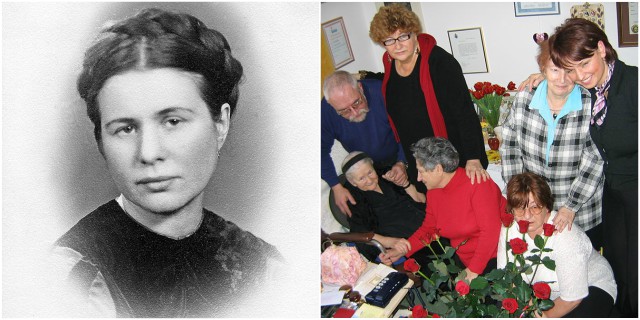“I was brought up to believe that a person must be rescued when drowning, regardless of religion and nationality.” – Irena Sendler.
Irena Sendler was born on February 15, 1910, to a family in Warsaw, Poland. Her father died when she was only seven years old, so her mother had to struggle alone to send Irena to school, and later to Warsaw university, where she studied literature.
She was a true modern hero who risked her own life in order to save the lives of 2500 Jewish children. She smuggled the children out of Warsaw in coffins, ambulances, suitcases, and rucksacks, also providing them with false identities.
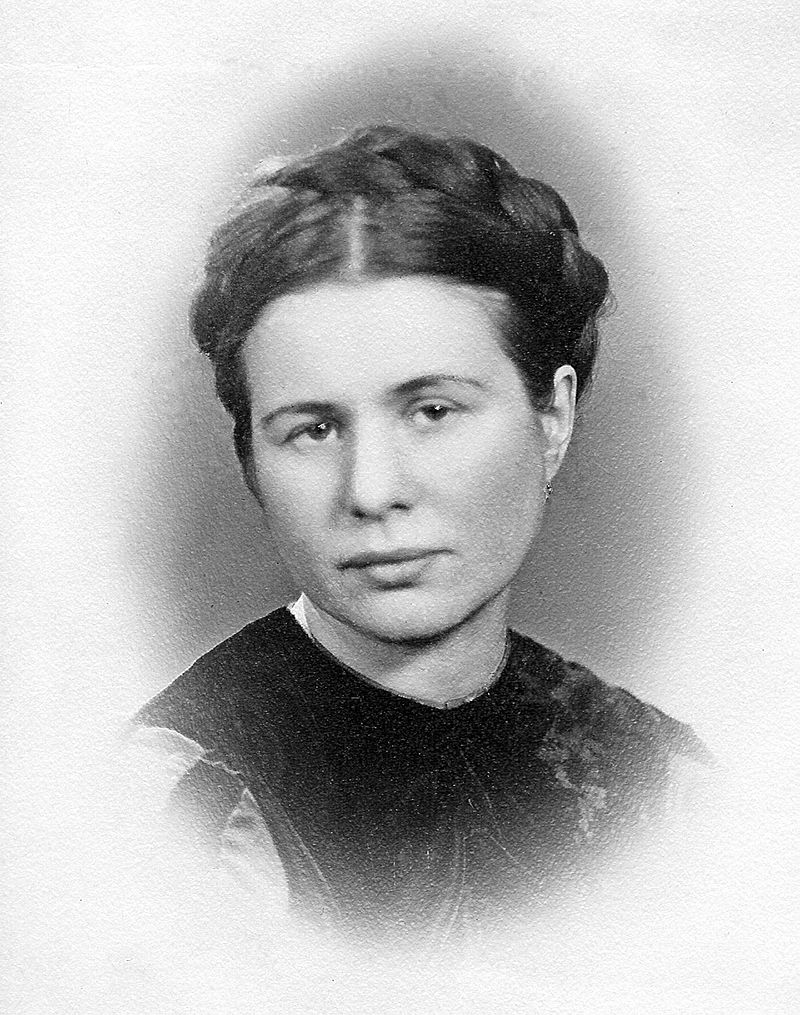
The Second World War began with the invasion of Poland in 1939. At that time, Irena was a 29-year-old graduate working as a social worker in the capital. She was employed by the Welfare Department of the Warsaw Municipality. During the Nazi occupation, Warsaw’s Jews were imprisoned behind a ghetto wall without food or medicine. Irena witnessed the imprisonment of nearly 500,000 Jews in the Warsaw ghetto – an area the size of New York’s Central Park. She saw the opportunity to help the children escape and she risked her life to save them.
Everyone in Poland was warned that any attempt to help Jewish people would result in them being tortured and killed, together with the rest of their family.
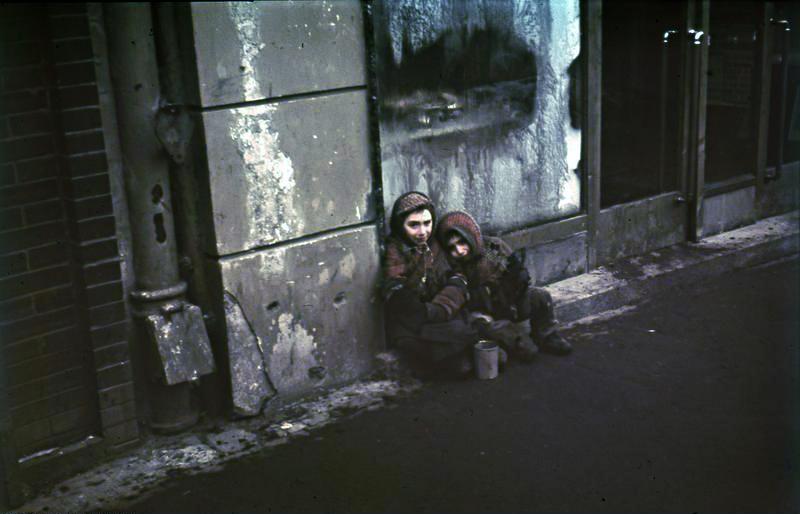
Together with her closest friends, Irina brought in aid and smuggled Jewish orphans out of the ghetto in coffins, suitcases, and on one occasion, in a tool box. The older children were led out through secret passageways and the city’s sewers.
Taking advantage of the Germans’ paranoia about germs, she was able to go into the ghetto under the ruse of wanting to stop the spread of disease. Officially, she was doing her job of examining the Jews for signs of illness. At the same time, she was on a mission – to save as many children as she could.
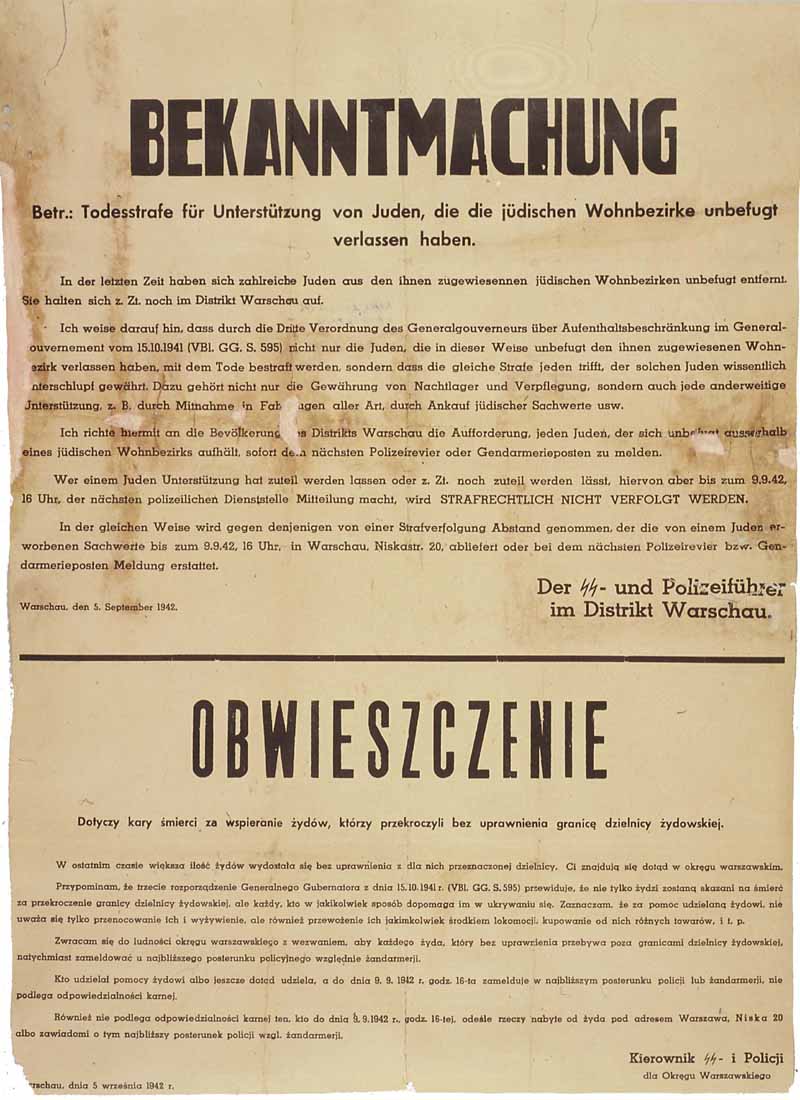
When children were smuggled out they were taken in different orphanages and they were given false identity cards. Children were to be returned to their families after the war. Irena kept a list of children she saved, hoping that they will be reunited with their families. Unfortunately, most of the parents were killed or missing when the war was over.
On October 20, 1943, the Gestapo surrounded Irina’s home. The list with all the children she saved was in her house. In that moment of panic, she gave it to her colleague and went to open the door. The list was saved only because her friend hid it in her underwear. The same night, Irena was arrested and taken to the Pawiak prison where she was tortured for several days. One leg and one hand were fractured. She refused to reveal anything to the Germans, so she was sentenced to death. However, her friends managed to bribe the guards to free her. Using a new identity she continued to try and save lives.
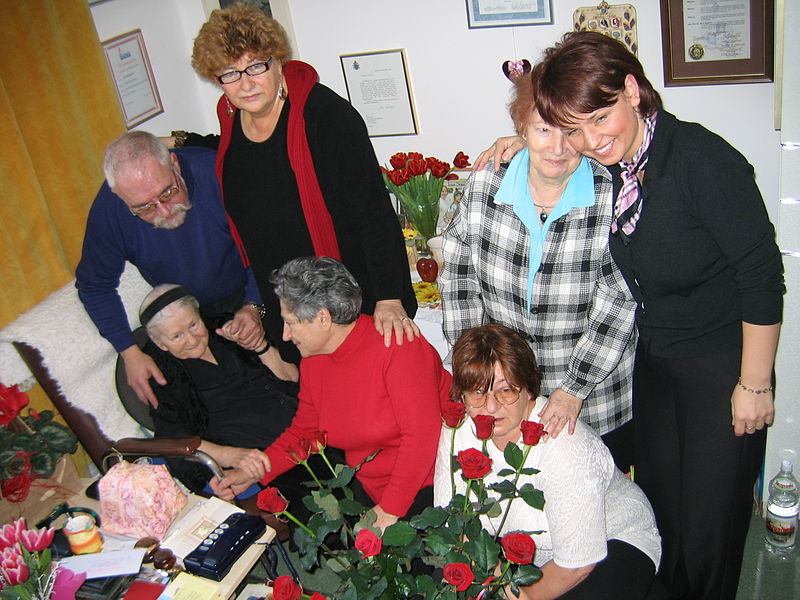
Finally, the war was over. But a new one began for Irina. The Russians took over and occupied Poland and Irena was interrogated and beaten for her liberal views. She spent two years in prison. Even this came to an end. In 1989 communism fell in Poland and after many years Irina Sendler was recognized for her humanitarian work. She died on 12 May 2008, at the age of 98.
